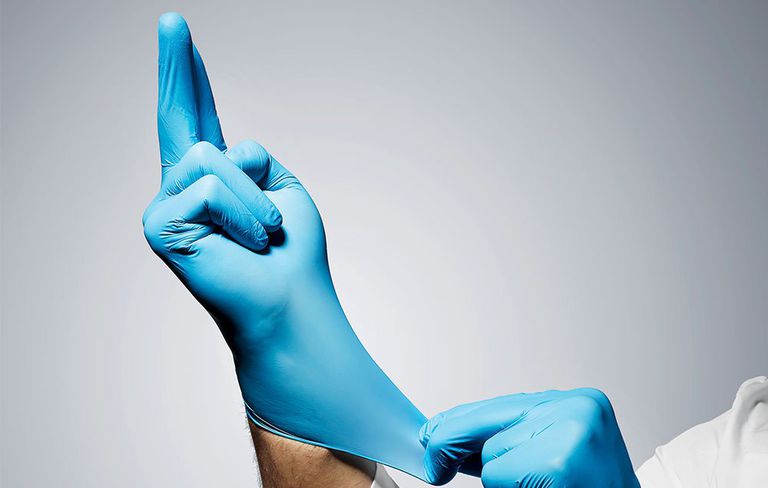Research has established that one out of every seven men in the US will eventually be diagnosed with prostate cancer. Research has also established that prostate cancer is the second most common cancer in the US among men. This has led to a call for more enlightenment on prostate cancer, its causes, predisposing factors and treatment. This article provides the basic information you need to know about prostate cancer as part of creating awareness on the disease.
What is prostate?
The prostate is a reproductive organ in males that lies below the urinary bladder. The prostate lubricates the sperm and lies around the urethra. prostates are usually small, like the size of a walnut, but they increase in size as men get older. When the prostate gets very large, it could result in difficulty in urination.
Prostate cancer occurs when cancerous cells grow on the Prostate. These cells can grow uncontrollably and could spread to other parts of the body including the bone and lead to death. Prostate cancer can occur without symptoms for a long period of its the low-grade disease. The high-grade disease spreads quickly and becomes life-threatening very fast.
Just like with other forms of cancer, early detection is necessary for the management of prostate cancer.
Predisposing factors of prostate cancer
Age and genetics are the two well-known predisposing factors for prostate cancer. As men get older, their chances of getting prostate cancer increases. This is probably linked to the fact that the prostate enlarges with age. Prostate cancer is also hereditary meaning that one’s chances of getting the disease are increased if a relative has prostate cancer. The lifestyle and environment of an individual are other predisposing factors of prostate cancer which have been established.
Methods of screening for prostate cancer
Prostate cancer can be detected by physical examination as well as by the antigens. Prostate specific antigen test checks for the protein associated with prostate cancer and other prostate diseases. This is not a conclusive test as other conditions apart from prostate cancer can lead to higher prostate-specific antigen. The physical examination of the prostate known as digital rectal examination checks for abnormalities in the prostate and is not also a conclusive test.
Conclusive diagnosis of prostate cancer is based on biopsy which confirms whether the cells are benign or cancerous. Benign cells cause harmless rumors.
Symptoms of prostate cancer
Although prostate cancer could go unnoticed for a while, symptoms associated with the disease include difficulty in urinating, bloody urine or semen, the consistent sudden urge to urinate, back in the back and hips and discomfort when urinating.
Treatment methods
When detected early, prostate cancer can be completely eradicated. Methods of eliminating and managing prostate cancer include removal of the prostate gland, cryosurgery, chemotherapy, radiation therapy, ultrasound therapy, brachytherapy and hormone therapy. These methods are aimed at killing the cancerous cells or completely removing the gland.
There is an ongoing war against prostate cancer. More studies are focused on understanding prostate cancer and winning the war against it. For now, early detection is essential for managing the disease.
*Need help from an urgent care clinic in Miami? Primary Medical Care Center is only a phone call away: 305-751-1500
